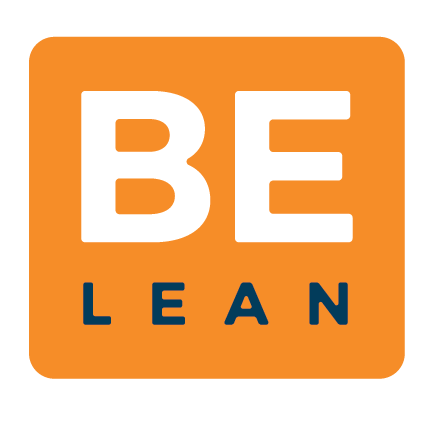Fix the Weakest Link First
With an understanding of the business model and our most important markers of progress, the fun can begin! It’s time to dig in and figure out how to move the business forward.
So where do we start?
Step 3: Build operational improvements focusing on the weakest link first
Think of your customer life cycle and operating model not as one giant process, but rather as a system of interconnected processes. A series of links in one chain. If you apply stress to a chain, the entire chain won’t fall apart. It will always break in one place - the weakest link. Trying to strengthen all the links at once or reinforcing former weakest links is the very definition of waste.
“Waste is any human activity which absorbs resources but creates no value.”
To find the weakest link, we simply need to follow the lean approach. By understanding which components of the business are riskiest and relying on key metrics to tell us how we’re doing, we can pinpoint exactly where the most vulnerable links in our chain exist.
Not only does this approach promise us the biggest return on our improvement investment, but it also sets us up for a better improvement solution. One that fixes the problem but also measures our key metrics, helps de-risk our business model, and moves the business forward.
Let’s say, for instance that we do a really good job delivering our solutions to customers. The customers we have are happy and our retention numbers are great. But the weakest link in our chain is figuring out how to get more customers into our funnel. We don’t have a strong grasp on which customer segments we should be targeting and how to convert more of those leads. We might think, a Customer Relationship Management (CRM) tool is just what we need!
So how do we pick? There are literally thousands of CRM’s on the market. Which is best?
G2 Crowd, https://www.g2crowd.com/categories/crm
I went through this exact exercise with Power52 Energy Solutions. We had to step back and ask ourselves, what is the role of a CRM in the first place?
It’s to manage and measure our value hypothesis - do customers value what we’re selling?
Whatever CRM we build or choose to buy needs to fit both the ability to measure those important metrics, but also needs to support the chosen sales strategies of the organization. A business that relies heavily on paid and organic web traffic will require a much different CRM than one which relies on B2B business development and relationship nurturing.
Power52, for example, is a low volume, high project value business. Their sales come entirely from building relationships with key stakeholders of potential projects. When we assessed the best tool for the job, we understood from our risk factors and metrics that the most important criteria in selecting a tools were:
High Level Oversight - Needed to be able to quickly access where each project is in the pipeline and to track the most important metrics without getting caught in the weeds.
Usability over Utility - Needed to be spending their time interfacing with potential clients, not manually logging their activity into a tool.
Adaptability & Scalability - Needed a system that could grow and change with them, not a heavily customized or over-engineered product that would require a lot of up front development or ongoing administration.
After vetting several solutions, we chose Copper (formerly Prosperworks) for it’s simple and elegant user interface that integrates seamlessly with Google Suite. In fact, it’s the only CRM actually recommended by Google.
So take a moment to think critically about your business. What’s your one weakest link? Once you fix it, do you know what you would work on next?

